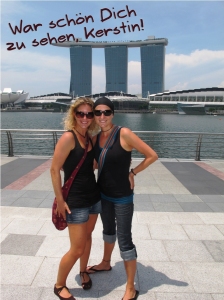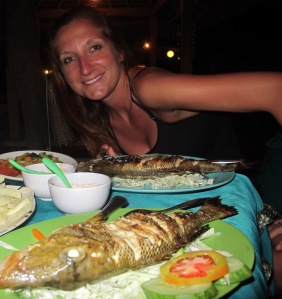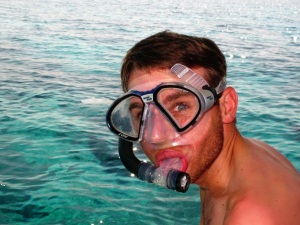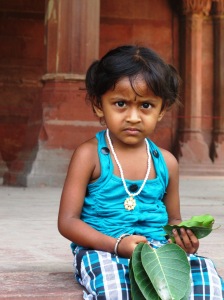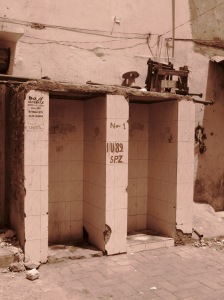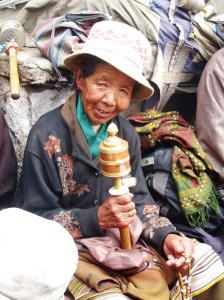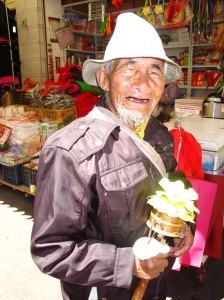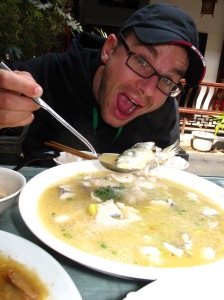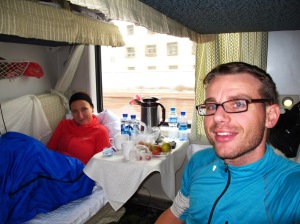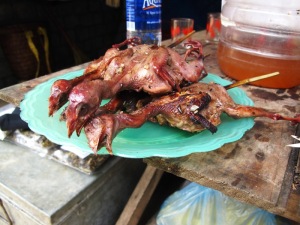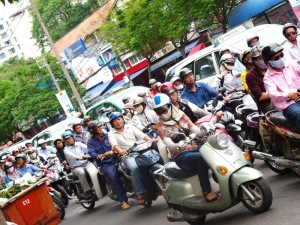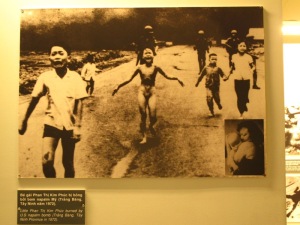Download in Deutsch
Photos Indonesia
… after 10 months of traveling around the world it’s about time! Frankly speaking, it’s quite an exciting and maybe even overwhelming feeling to go back home after 10 months being on the road with a backpack (or actually even longer as we haven’t really lived in Germany for several years). Hey, this means… back to the roots!!
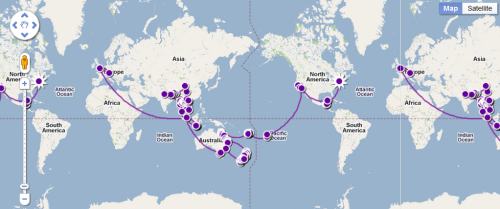 During the last weeks we had enough time to contemplate on all the unforgettable moments of this trip. If you followed us on this journey you eventually can imagine that it can get really emotional once you let your thoughts wander – ‘emotional’ in a good way, though. Our thoughts are all over the place, especially when we look through the many pictures, gaze in amazement at our final travel itinerary or simply when we click through this website (although it only displays such a tiny part of our experience). Apparently for us, this was not any kind of a trip… it was the trip of our lifetime – a dream, which we carried in our hearts for many years. And we are very well aware of the fact that not everyone gets the chance to do something like this. Therefore, we are so grateful about every little step we could take in the last few months.
During the last weeks we had enough time to contemplate on all the unforgettable moments of this trip. If you followed us on this journey you eventually can imagine that it can get really emotional once you let your thoughts wander – ‘emotional’ in a good way, though. Our thoughts are all over the place, especially when we look through the many pictures, gaze in amazement at our final travel itinerary or simply when we click through this website (although it only displays such a tiny part of our experience). Apparently for us, this was not any kind of a trip… it was the trip of our lifetime – a dream, which we carried in our hearts for many years. And we are very well aware of the fact that not everyone gets the chance to do something like this. Therefore, we are so grateful about every little step we could take in the last few months.
Small Or Big World?
The world is not as „small“as you always say. Actually, it seems much greater for us since we left CT last year! Although we were able to get to know so many countries and cultures, 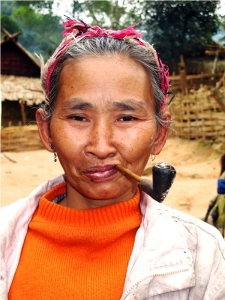 we realize that there are still so many other places to discover. Well, but these have to wait for our retirement… once we start our second world trip on the back of a Harley, dressed in sexy, tight black leather gear and kick-ass cowboy boots (ha, ha, ha).
we realize that there are still so many other places to discover. Well, but these have to wait for our retirement… once we start our second world trip on the back of a Harley, dressed in sexy, tight black leather gear and kick-ass cowboy boots (ha, ha, ha).
Now this is our final blog and we could start listing some typical “travel facts”, such as: in how many different beds did we sleep, how many cockroaches had to depart from life or how many miles did we travel. However, we find it much more interesting to talk about what impressed us the most including some thoughts you have after 10 months backpacking.
People… And People
The one thing that affected us the most on our journey were PEOPLE. Yes, it’s true, we were able to discover beautiful landscapes and we could even experience several different world wonders. Nevertheless, meeting and talking to all sorts of people from different origins and ethnic groups fascinated us the most. We had conversations with so many different cultures and we learned from all of them – it was interesting to find out how differently people from other countries think, gesticulate, talk or act. We will never ever forget their faces and the unique way some cultures express themselves.
Satisfaction – The Art Of Life
We have seen joy and happiness in many eyes, but also pain and sadness. Entire populations have to fight for their survival – these people deal with sorrows, which are difficult to comprehend and at times even inconceivable for us. But despite their sorrows, we had noticed, that some of these cultures manage to hold a very unique and powerful attitude. 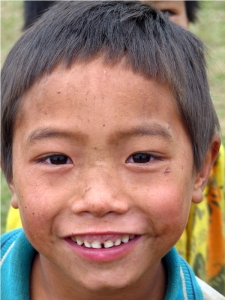 They publicly show positivity, high spirits and satisfaction. This fact astonished us everyday anew, because we hardly recognize this positivity towards life among people in our home country.
They publicly show positivity, high spirits and satisfaction. This fact astonished us everyday anew, because we hardly recognize this positivity towards life among people in our home country.
Family – The Greatest Source Of Joy
Yesterday we had a memorable conversation with a guy from Indonesia. As we have met so many happy and friendly Indonesians during our 4 weeks island-hopping tour, we asked what he thinks about happiness in his country. His answer: „Yes, we are happy people. We may not have so much money as the tourists who come to Indonesia and of course we all have some tough times once and a while, but in our families we always help each other. And we don’t think about working all the time and money, money, money… I love life how it is, because every day I can spend time with my family who are also my best friends. I live with my parents until they day, because I have to take care of them – not like in Europe. We laugh together, eat together, joke around and just sit and talk.“
No matter where we traveled, we always felt that family – or the extended family – has much more importance compared with life in the US or Germany.
Masters of Whining
In Germany we often complain about all sorts of things – high gasoline prices, plagiarism affairs or bad weather. Somehow whining, protest and outcry have become an inherent part of our society and it’s quite difficult to get away from this pessimistic or ‘end of the world’ thinking. However, the more you learn and live in different societies, the more you realize that we actually are not as bad off as we always think. In Germany we have the longest vacation times, the most national holidays, hardly any natural disasters, good unemployment benefits, child benefits and much more. We truly hope that both of us will think of and remind ourselves of these facts for a long time to come…
 Extreme Situations & Change
Extreme Situations & Change
After 10 months we still hold on to the thinking that a worldtrip is not a vacation. The planning and organization part is completely different. The inner attitude and certain viewpoints also vary and your standpoints are constantly being challenged and influenced. We learned so much on this journey – more than any college or University textbook could have every taught us. Moreover we had the chance to get to know ourselves a little better. You have a lot of time to think and from time to time you may also reach your personal limits (physically and emotionally). To remain flexible and patient was one of the key ingredients for a “happy traveling time” as there will always be many unexpected challenges or changes – these may be beautiful, unpleasant or just extreme. Oh well, and there were definitely several extreme situations, which not only tested our patience, but also our ability to work as a team… and hey, we managed it :-).
When you are 30 years old you may already have built up your own comfort, routine and standard of living. Hence, it was not always easy for us to continuously adapt to different “people styles”, new cultures, or country-specific rules. This shouldn’t sound negative at all, because we don’t have any regrets. It forced us to leave our comfort zone and we learned to handle things differently and uniquely.
Do We Fear The Future?
No, we are not afraid of what is about to come, although we sometimes have a bit of a queasy feeling… we are without a flat, furniture etc. and our life is still in boxes. Well, but that’s just the way it is for the moment. We are proud of this trip and we would never attempt to hide the last 10 months in our CVs. Why should we?!
 Finally, we will do things slowly and one step at a time. And for now, we are only looking forward to experience “home” and we even look forward to go back to work and to everyday life. We are sure that we will acclimatize quickly and feel comfortable soon. In short: Things are gonna be alright!!!
Finally, we will do things slowly and one step at a time. And for now, we are only looking forward to experience “home” and we even look forward to go back to work and to everyday life. We are sure that we will acclimatize quickly and feel comfortable soon. In short: Things are gonna be alright!!!
Okay, we guess that’s it… no more adventure stories for a while:-). Thanks to all of you, who have always followed our blog – thanks for clicking through our pics and thanks for sending us your emails and your comments!! Although we may go back to real life now and will be a bit busier, please keep in touch with us and we hope to see you all soon!!
Take care and be safe, Robert & Brigitte

